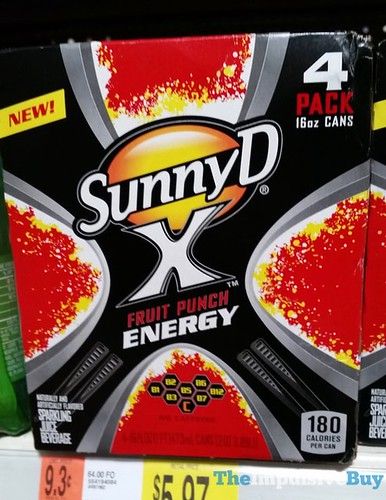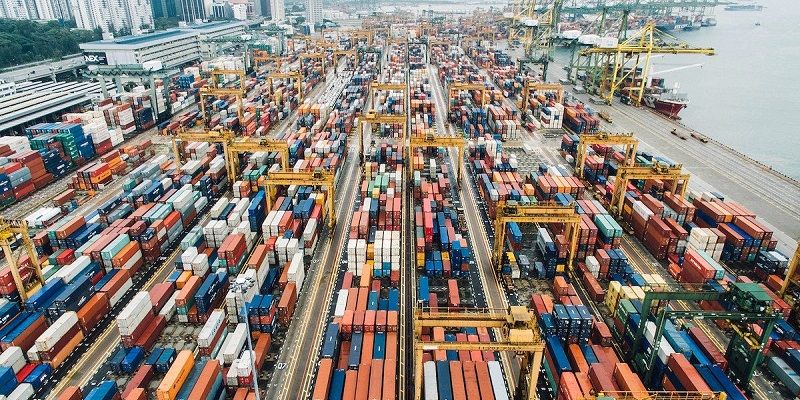
In a decisive move that has sent ripples across the global trade landscape, the United States, under President Donald J. Trump, has levied an unprecedented 50 percent tariff on Indian imports. This dramatic escalation, announced on Wednesday, August 6, 2025, marks the highest tariff rate imposed by the U.S. on any country thus far, signaling a perilous shift in Washington’s trade policy and casting a long shadow over its relationship with India, a crucial strategic partner in Asia.
The immediate trigger for this significant tariff hike appears to be India’s continued import of Russian oil. The U.S. announcement included an additional 25 percent tariff on India over these oil imports, bringing the total to a staggering 50 percent. This action, set to take effect in three weeks, has caught many experts off guard, particularly given the historical context of burgeoning U.S.-India ties and the public admiration exchanged between President Trump and Indian Prime Minister Narendra Modi.
The context of this decision is rooted in a series of escalating actions. Historically, President Trump has not shied away from strong rhetoric regarding India’s trade practices. In October 2019, he labeled India the “tariff king,” a descriptor that evolved to “tariff abuser” by September 2024. The formal tariff imposition began with a 26% import tariff on Indian goods announced on April 2, 2025, effective April 9, followed by a White House executive order on April 5, imposing a 10% baseline tariff on all imports, with India facing a country-specific tariff of 16%, also from April 9.
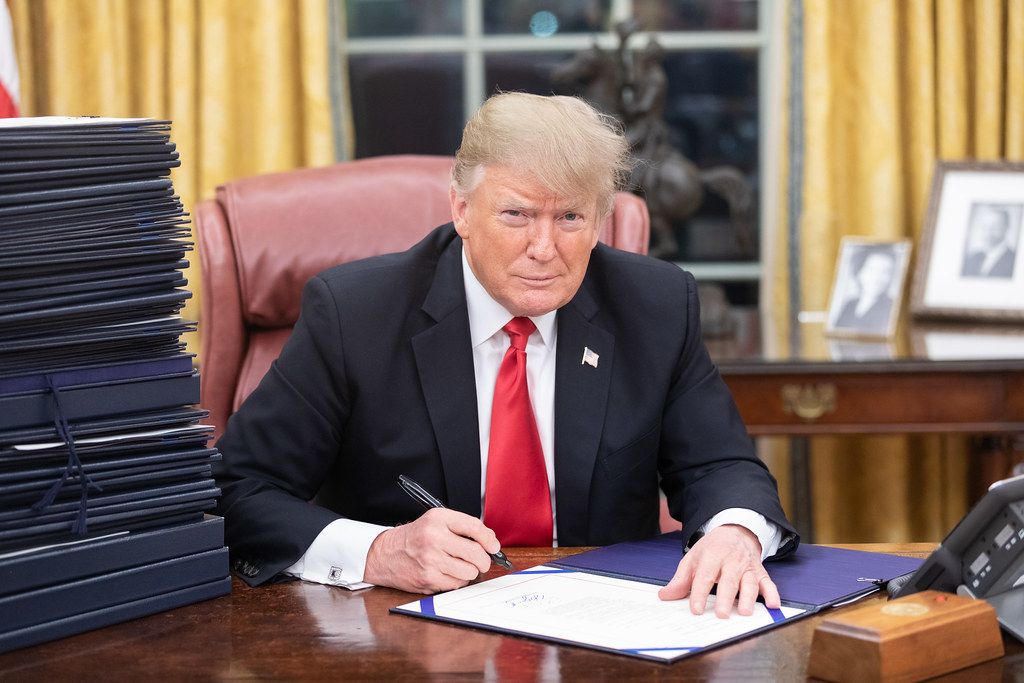
The implementation of these India-specific tariffs was initially paused for 90 days until July 9, 2025, though the 10% baseline tariff remained in effect. This suspension was extended again until August 1. Then, on July 30, 2025, the U.S. announced a 25% tariff plus a penalty on Indian goods for purchasing oil and military hardware from Russia. Just one day later, on July 31, 2025, an executive order enforced the 25% tariff from August 7, with no mention of the penalty, but retaining the 10% baseline duty and existing exemptions.
However, the situation intensified rapidly. On August 5, 2025, President Trump declared his intention to “raise tariffs on India very substantially.” This threat materialized the very next day, August 6, with the imposition of an additional 25% penalty, bringing the total tariff to 50% on Indian goods due to continued Russian oil imports. The current import duty structure on Indian goods is now complex, involving a 25% tariff inclusive of the 10% baseline, plus Most Favoured Nation (MFN) rates and trade remedy measures where applicable.
While the MFN rate stands at 0%, additional anti-dumping duties of 2.49% and countervailing duties of 5.77% further compound the total tariff. This means that from August 7, the total tariff starts at 33.26%, escalating to 58.26% after the 50% duty takes full effect from August 27. Certain sectors face even higher additional tariffs, including steel and aluminum at 50%, copper at 50%, and auto parts at 25%, applied over and above existing duties. Yet, vital sectors such as pharmaceuticals, energy products, critical minerals, and electronics are exempted from these tariffs, offering some relief.
Despite these exemptions, the overall impact on Indian exports is projected to be severe. Bilateral trade between India and the U.S. stood at approximately $212 billion last year, with a $46 billion trade gap favoring India. Prime Minister Modi has previously articulated an ambitious goal to more than double trade between the two countries to $500 billion within the next five years. The current U.S. actions jeopardize this aspiration, making Indian goods significantly costlier and potentially slashing exports to the U.S. by 40-50 percent, according to Ajay Srivastava, founder of GTRI, a New Delhi-based think tank.

India has vociferously condemned Wednesday’s tariff as “unfair, unjustified, and unreasonable.” New Delhi maintains that its imports of Russian oil are driven by the objective of securing the energy needs of its 1.4 billion people, a critical national interest. This stance underscores India’s commitment to its energy security and its refusal to be swayed by external pressure, asserting its global standing and the resolve of the Modi government.
The breakdown in trade negotiations between Washington and New Delhi preceded these latest tariffs. New Delhi had made significant offers as part of the tariff talks, including removing levies from U.S. industrial goods and committing to increased defense and energy purchases, as reported by Reuters. It even offered to scale back taxes on cars, a concession made despite strong domestic lobbying from India’s auto industry.
However, India held firm on its refusal to remove duties from farm and dairy products. These sectors are politically sensitive, employing hundreds of millions of predominantly poor Indians, a stance not dissimilar to that of other countries like Canada. This sticking point highlights the complex balance India must strike between global trade demands and domestic economic realities.

Beyond the immediate trade concerns, geopolitical considerations have been intricately woven into the fabric of this escalating dispute. Farwa Aamer, director of South Asia Initiatives at the Asia Society Policy Institute in New York, points to a very public disagreement regarding the resolution of the May clash between India and Pakistan. President Trump repeatedly claimed to have mediated a ceasefire, a claim India has consistently denied, asserting that the truce was negotiated bilaterally and that Modi and Trump never spoke during the conflict.
Conversely, Pakistan has embraced Trump’s role, going so far as to announce its intention to nominate him for the Nobel Peace Prize. Furthermore, Pakistan has secured deals with the U.S. to explore its critical minerals and oil reserves, signaling a reset in ties after years of ambivalence during the Biden administration. These developments naturally cause unease in New Delhi, which now finds itself navigating a challenging foreign policy terrain. Aamer suggests this situation will “test India’s foreign policy,” questioning its ability to “grow with the US even as it maintains its ties with Russia,” its longstanding defense and trade partner.
The stakes are immensely high for India. While the U.S. is India’s biggest trading partner, accounting for nearly 20 percent of its total exports, India ranks only 10th among American trade partners in goods. The higher tariffs could cut India’s more than $86 billion in exports to the United States by half, according to the Global Trade Research Initiative. This would be a significant blow to an economy where exports account for nearly 20 percent of its overall output.
Moreover, the trade blow comes at a critical juncture when India has been actively positioning itself as a global manufacturing hub, seeking to attract businesses looking to diversify operations beyond China. A prime example is Apple, which announced in April that all iPhones destined for sale in the U.S. would be assembled in India by next year. While electronics are currently exempt from the new tariffs, the perception of a country burdened with a 50 percent tariff tag hardly makes it an attractive destination for new business. Vina Nadjibulla of the Asia Pacific Foundation of Canada aptly notes that this “adds to the instability and uncertainty that businesses were already feeling” due to the broader impact of Trump’s tariffs.
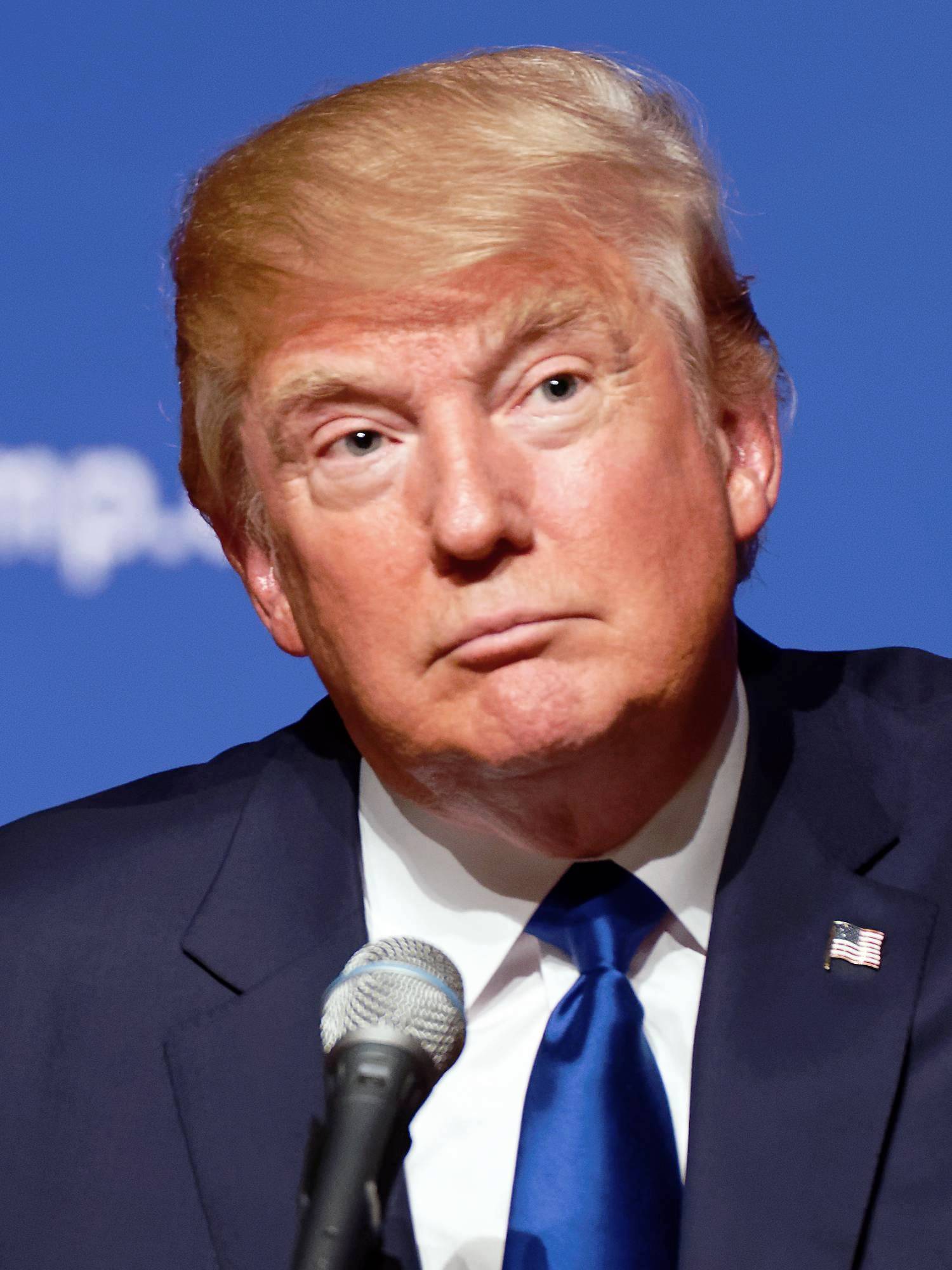
For President Trump, this approach aligns with his “onshoring” preference over “friend-shoring,” a strategy that prioritizes domestic production regardless of the impact on diplomatic alliances. This philosophy appears to drive his decision-making, even if it risks damaging crucial strategic relationships with partners like India. The president has staked considerable political capital on ending the war in Ukraine, even claiming he could do so “in 24 hours,” and punishing India for its oil purchases from Russia is presented as a means to pressure Moscow.
Reactions from Indian exporters have been swift and apprehensive. Yogesh Gupta, a seafood exporter, lamented that India’s shrimp would now become expensive in the U.S. market. The Confederation of Indian Textile Industry (CITI) termed the tariff a “huge setback” and expressed deep concern. Colin Shah, MD of Kama Jewellery, echoed this sentiment, calling it a “severe setback.”
S. C. Ralhan, president of the Federation of Indian Export Organisations (FIEO), expressed extreme shock, stating that the move would directly affect nearly 55 percent of India’s shipments to the U.S. market. He warned that the 50 percent reciprocal tariff creates a 30-35 percent competitive disadvantage for Indian exporters compared to peers from countries with lower reciprocal tariffs. Many export orders have already been put on hold as buyers reassess their sourcing decisions due to higher landed costs.
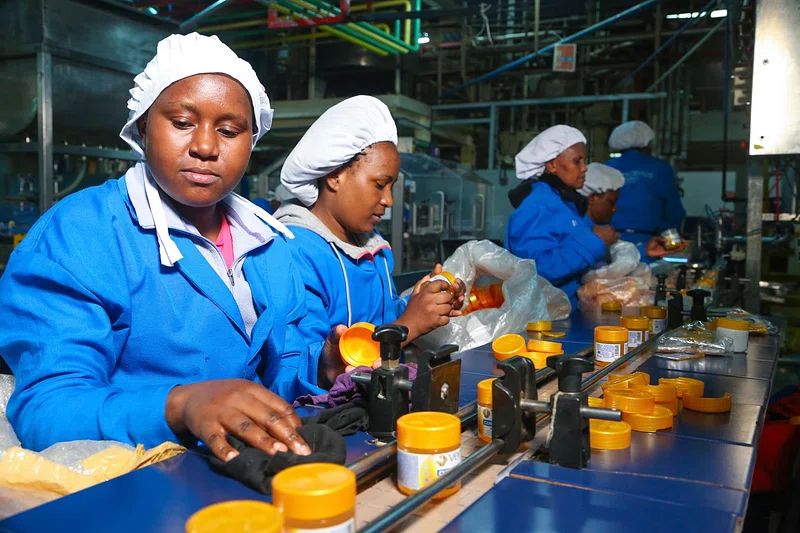
Ralhan further elaborated on the plight of micro, small, and medium enterprises (MSMEs), which have led to many affected sectors. He emphasized that absorbing such a sudden cost escalation is simply not viable for these businesses, whose margins are already thin. This additional blow, he cautioned, could force exporters to lose long-standing clients. Rakesh Mehra, CITI Chairman, appealed to the Indian government for urgent aid to the textile and apparel sector, given the government’s commitment to increasing local industry competitiveness and helping companies become major players on the world stage.
This aggressive tariff policy from the U.S. places India at a severe disadvantage against its global competitors. Compared to India’s 50 percent tariff, Myanmar faces 40 percent, Thailand and Cambodia 36 percent, Bangladesh 35 percent, Indonesia 32 percent, China and Sri Lanka 30 percent, Malaysia 25 percent, and the Philippines and Vietnam 20 percent. The stark contrast underscores the unique pressure India now faces.
Curiously, China, despite being the largest buyer of Russian oil at about 2 million barrels per day, compared to India’s just under 2 million barrels a day, has not incurred similar penalties. The U.S. had even agreed to lower tariffs on Chinese goods to 30 percent from 145 percent in May. The executive order imposing tariffs on India makes no mention of China, though it does stipulate a mechanism for the Secretary of Commerce to monitor other countries importing Russian oil and recommend further action.
GTRI highlights that in 2024 alone, China bought $62.6 billion of Russian oil, more than India’s $52.7 billion. The think tank suggests Washington avoid targeting Beijing due to China’s leverage over critical materials such as gallium, germanium, rare earths, and graphite, which are vital for U.S. defense and technology. The U.S. has also seemingly overlooked its allies’ trade with Russia, with the EU importing $39.1 billion of Russian goods last year, including $25.2 billion in oil, and the U.S. itself purchasing $3.3 billion in strategic materials from Russia.
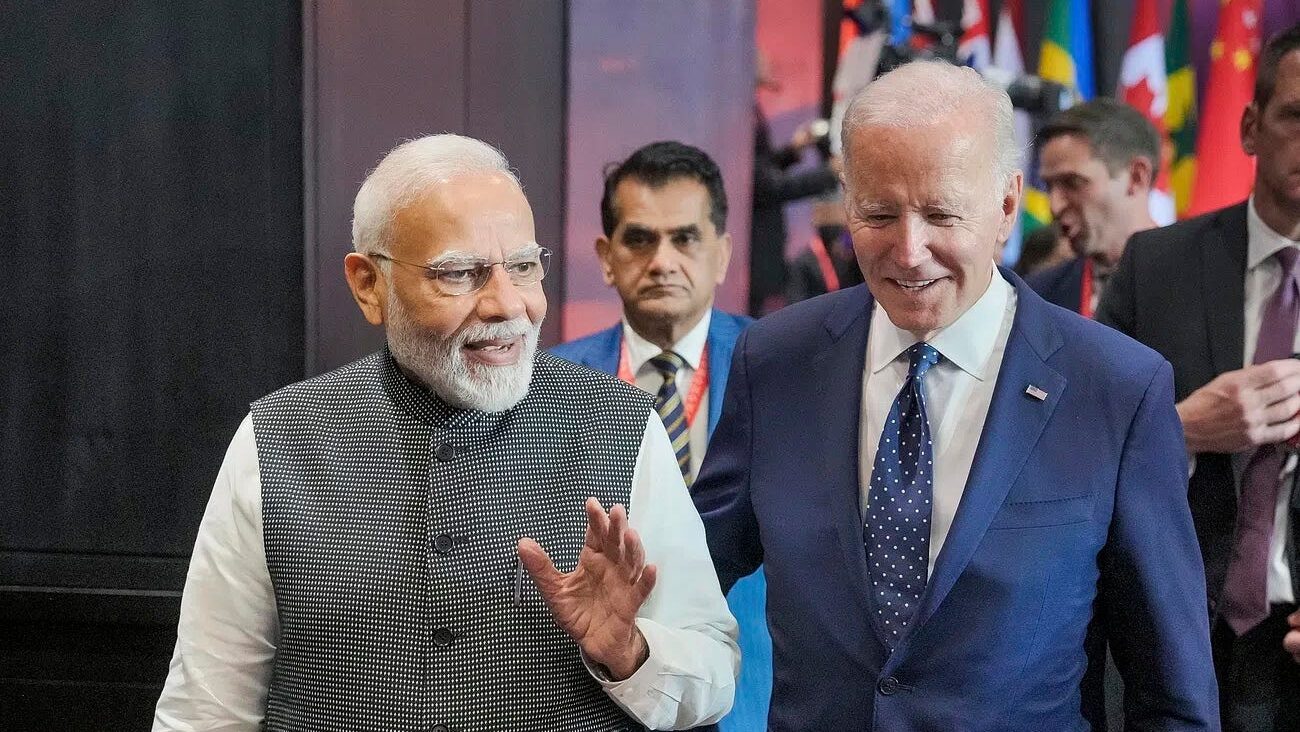
The implications for U.S.-India ties are profound. Evan A. Feigenbaum, vice president for Studies at the Carnegie Endowment for International Peace, warns that U.S.-India relations may now become a political football, particularly in New Delhi. He suggests that the core understandings that fostered closer ties are at serious risk, particularly New Delhi’s presumption that Washington would take political risks to strengthen the relationship. Trump, Feigenbaum asserts, has not and clearly will not.
Feigenbaum points to the shift in U.S. policy towards Pakistan under Trump, including effusive praise for Islamabad and recent engagement with Pakistan’s army and government, as developments that raise significant concerns in New Delhi. He also notes the historical U.S. concerns regarding India’s ties to Iran, Myanmar, and later Russia, emphasizing that Trump’s move to sanction and tariff India over its oil trade with Russia “significantly shifts the bar for bilateral relations.” The former diplomat highlights that Trump’s blunt language, calling India a “dead economy,” deviates sharply from the modulated tone previously maintained by both sides.
Furthermore, Feigenbaum underscores the most crucial element: the bipartisan anchor that had been painstakingly built over two decades. He finds it ironic that the Congress Party, which championed the nuclear deal with Washington in 2005, now leads criticism of U.S.-India relations in New Delhi, while President Trump, a Republican, assails India on social media. This erosion of bipartisanship in U.S.-India relations, Feigenbaum warns, bodes ill for the next two decades.
Recalling the 2008 civil nuclear deal, which nearly derailed the transformation of U.S.-India relations, serves as a stark reminder of the fragility of such partnerships when domestic politics intervene. Despite three years of stalling, then-Prime Minister Manmohan Singh’s government survived a vote of no confidence and pushed the deal forward, albeit with support from outside its coalition. This historical episode illuminates two critical lessons: once domestic politics takes hold, good intentions can fail, and trust, difficult to build and sustain, is hardest of all to rebuild once it dissipates amidst politicization.
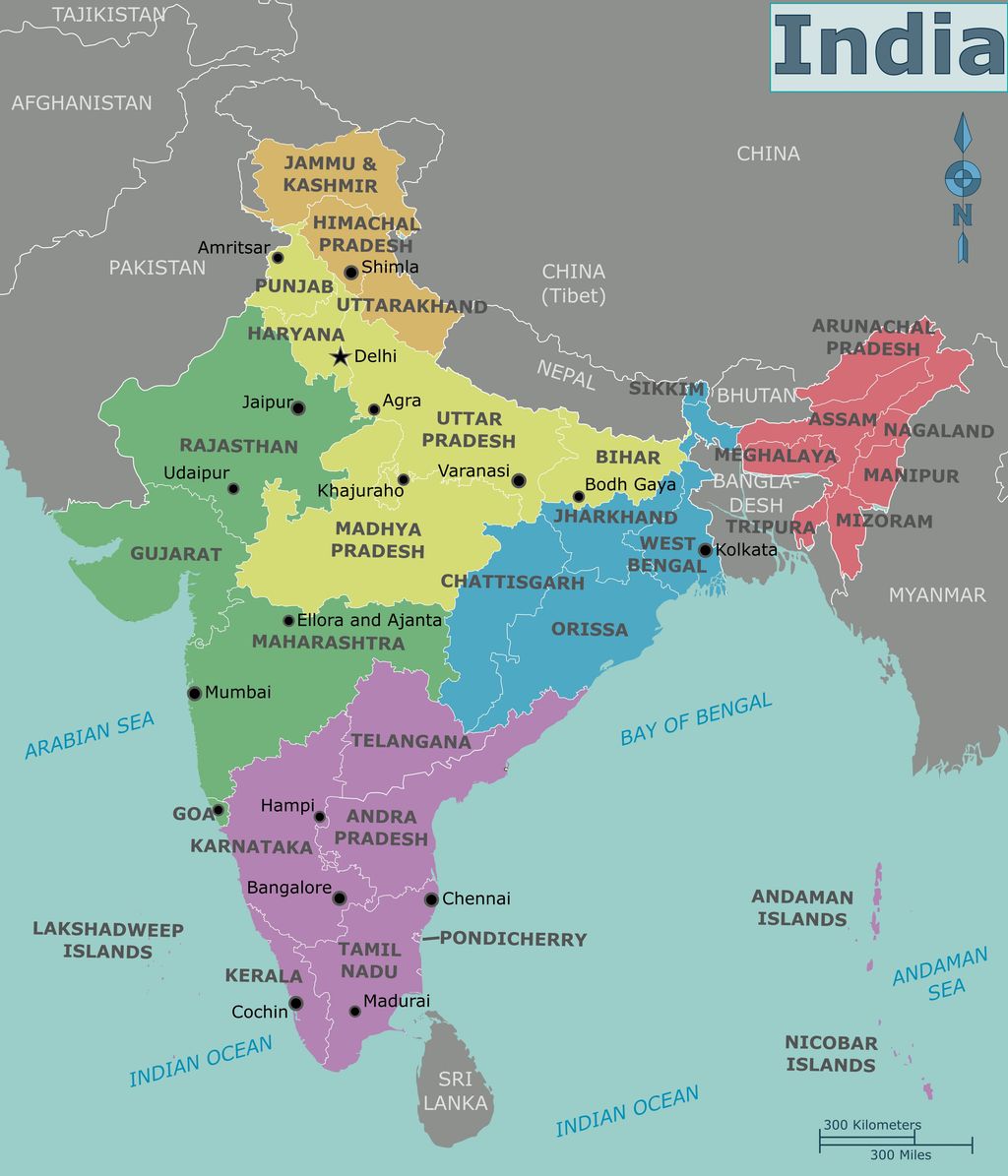
As India navigates this challenging period, it can focus on strengthening its bilateral trade agreements, such as the one recently signed with the United Kingdom and another actively being negotiated with the European Union. India is also working to stabilize relations with China, a move reflective of actions taken by Australia, Canada, and Japan since Trump’s initial imposition of tariffs on allies. Prime Minister Modi’s planned attendance at the Shanghai Cooperation Organisation summit later this month, his first visit to China since the 2020 Galwan River valley face-off, underscores this diplomatic agility.
Robert Rogowsky, a professor of international trade, anticipates “very creative diplomacy” in the “near term” as India and the U.S. strive to reset ties despite the tensions. He warns that “strong-arming individuals like Modi will inevitably lead to shifts and counter-shifts.” Ultimately, only time will reveal whether this calculated gamble by President Trump will yield its desired outcomes, or if it will unravel decades of painstakingly built trust and strategic alignment, reshaping the geopolitical landscape of Asia and beyond.


